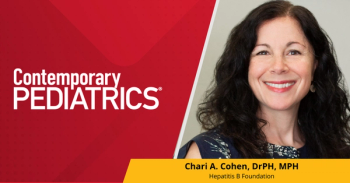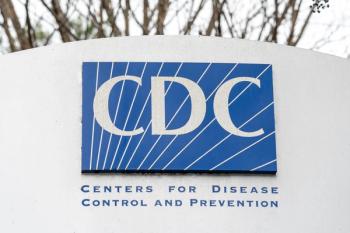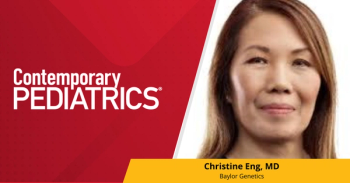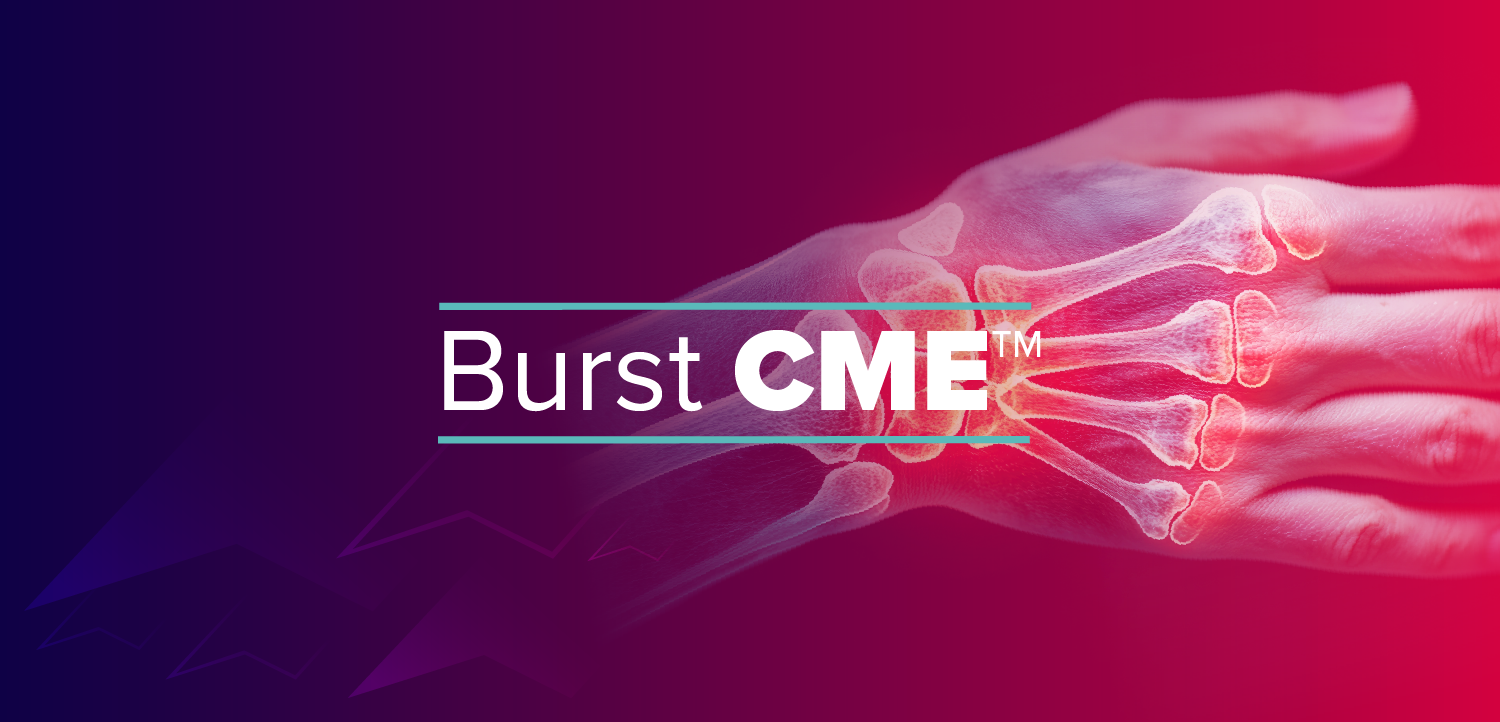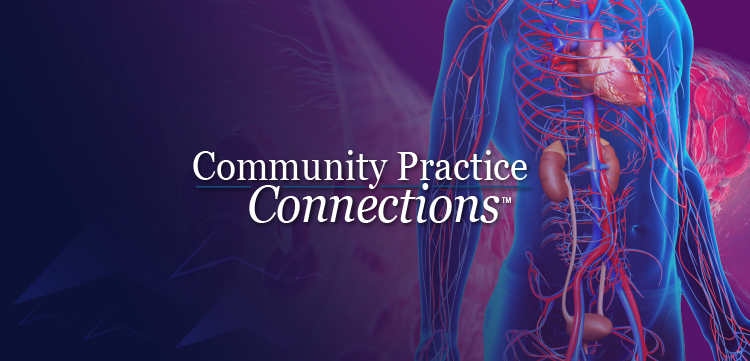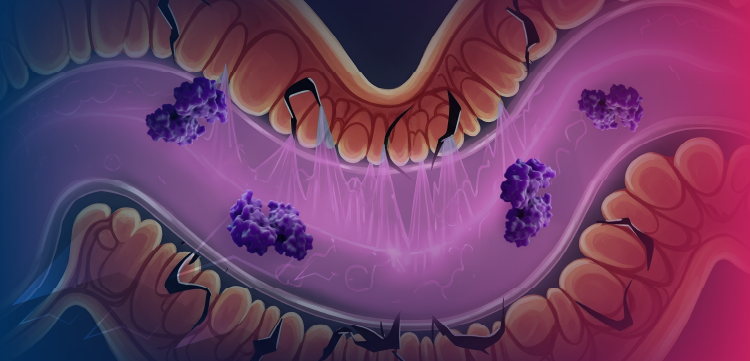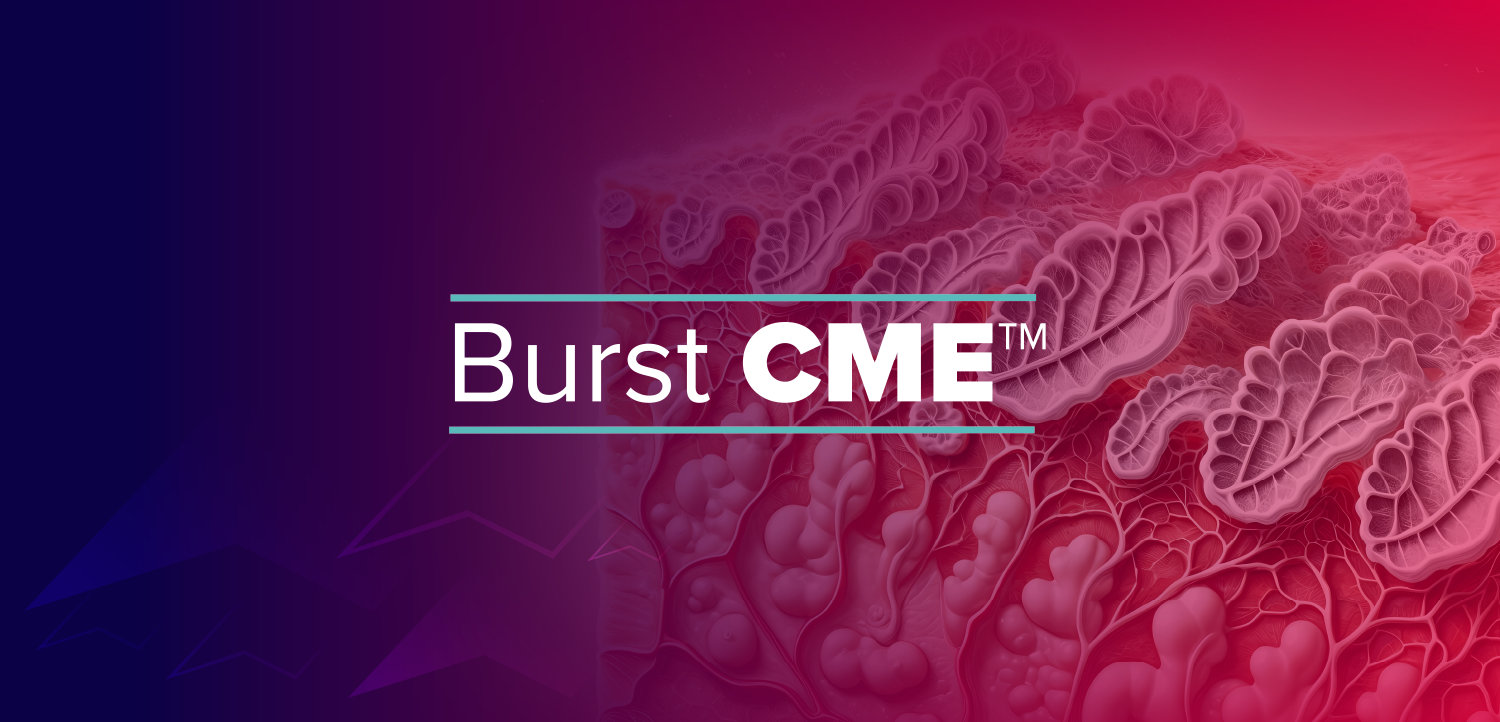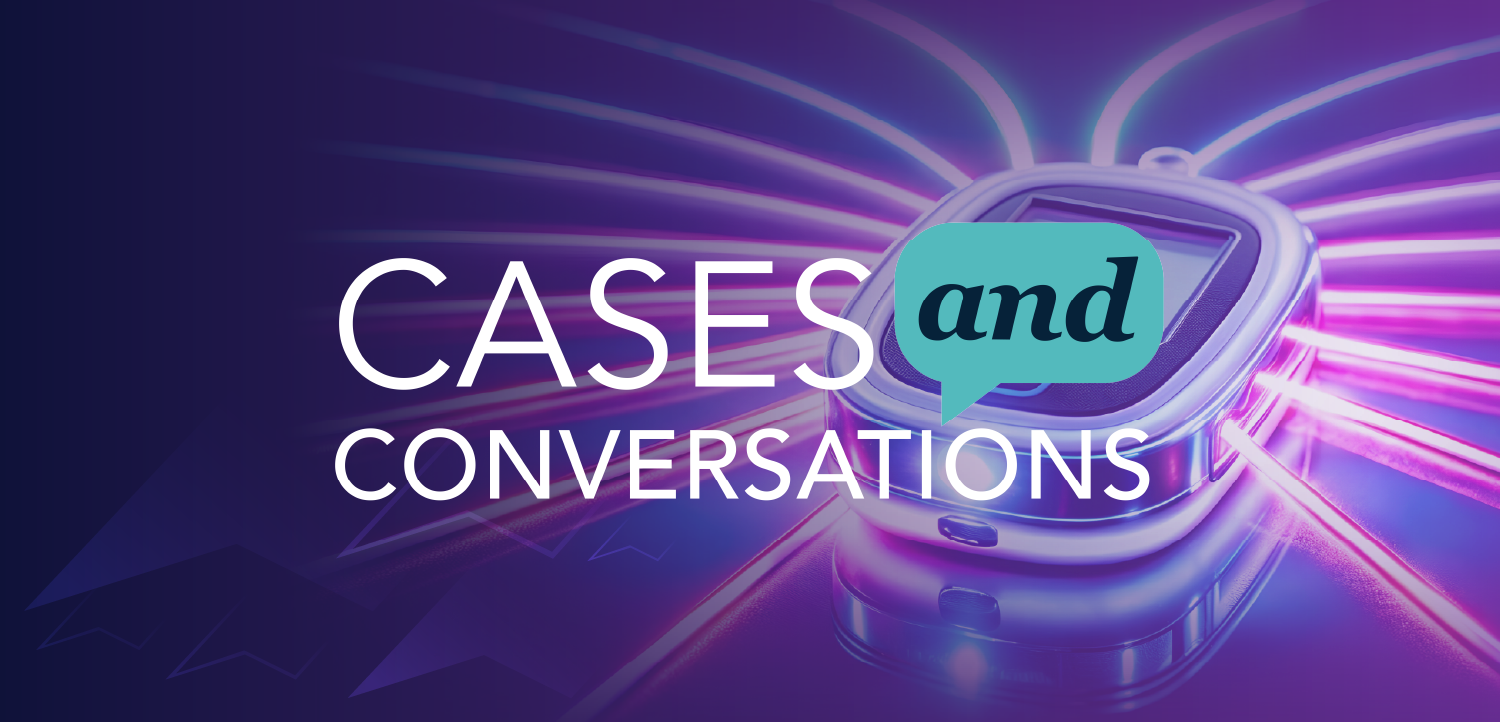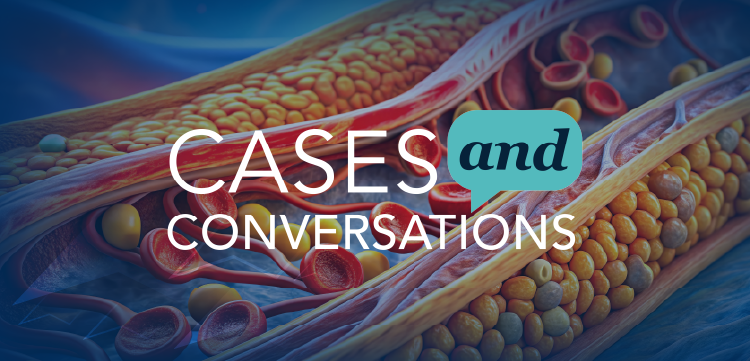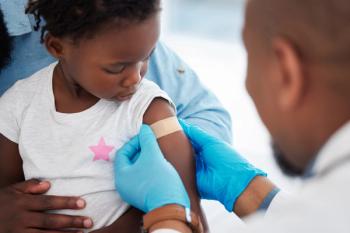
BP screening: Evidence lacking but problem grows
The jury is still out on whether we should be screening asymptomatic children and adolescents for primary hypertension in an effort to prevent cardiovascular disease later in life, but we do know that being overweight and hypertension are inextricably linked and both problems seem to be growing in children.
The jury is still out on whether we should be screening asymptomatic children and adolescents for primary hypertension in an effort to prevent cardiovascular disease later in life, but we do know that being overweight and hypertension are inextricably linked and both problems seem to be growing in children.
The US Preventive Services Task Force (USPSTF)
The USPSTF found insufficient evidence to recommend for or against screening in asymptomatic children at this time, which means no change in recommendations from its previous statement in 2003. As a result, until further information becomes available, the Task Force recommends that pediatricians make the decision to screen a patient without signs or symptoms of high BP based on a patient’s individual situation, such as whether the child is overweight, which is a strong risk factor.
In fact, a recent population-based
According
Many organizations suggest a routine check of BP, at least at annual checkups if not at every health care opportunity, beginning at age 3 years. However many experts argue that no direct evidence exists to show that screening for hypertension in children and adolescents reduces adverse health outcomes or delays the onset of hypertension in adults.
To get weekly clinical advice for today's pediatrician,
Newsletter
Access practical, evidence-based guidance to support better care for our youngest patients. Join our email list for the latest clinical updates.

